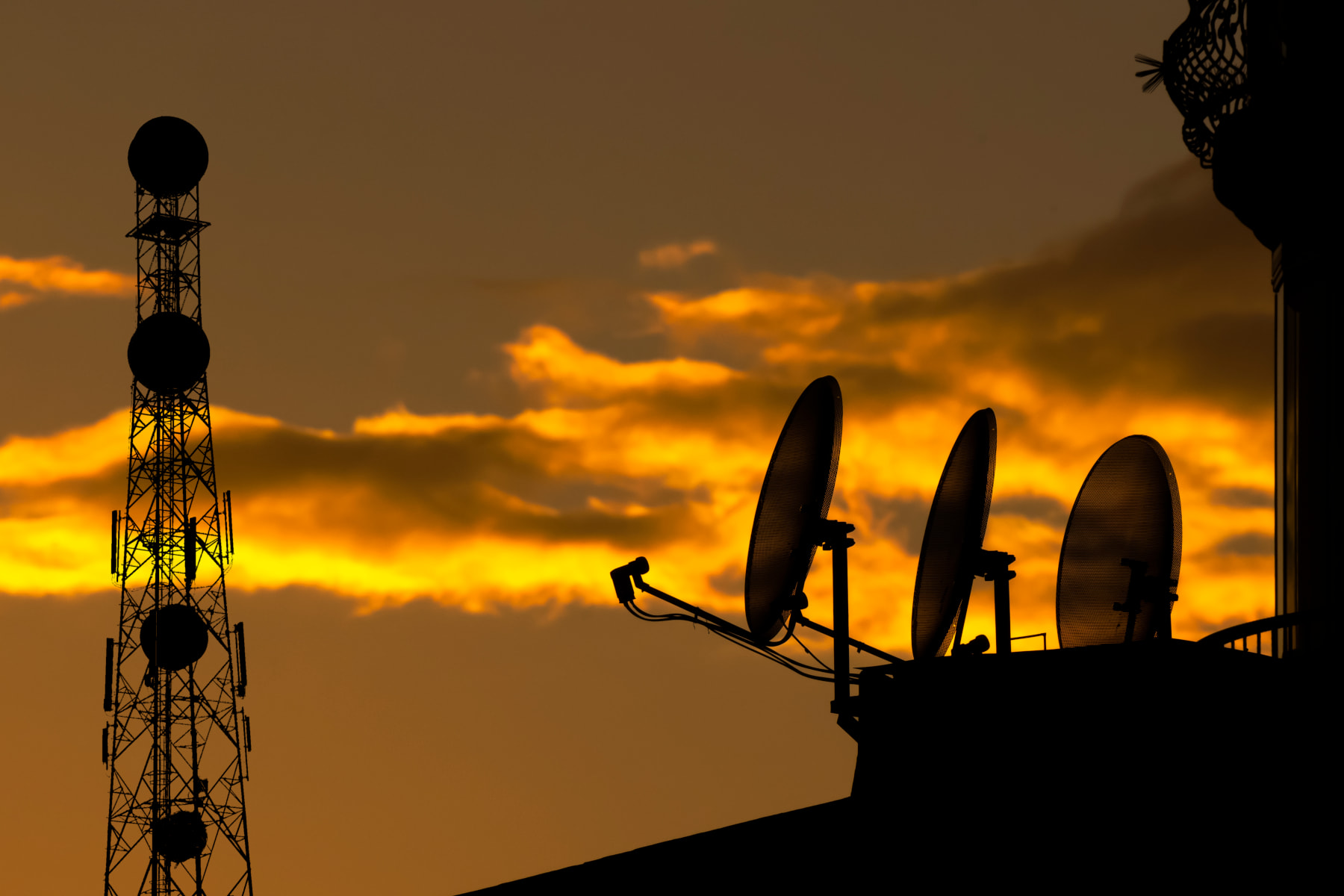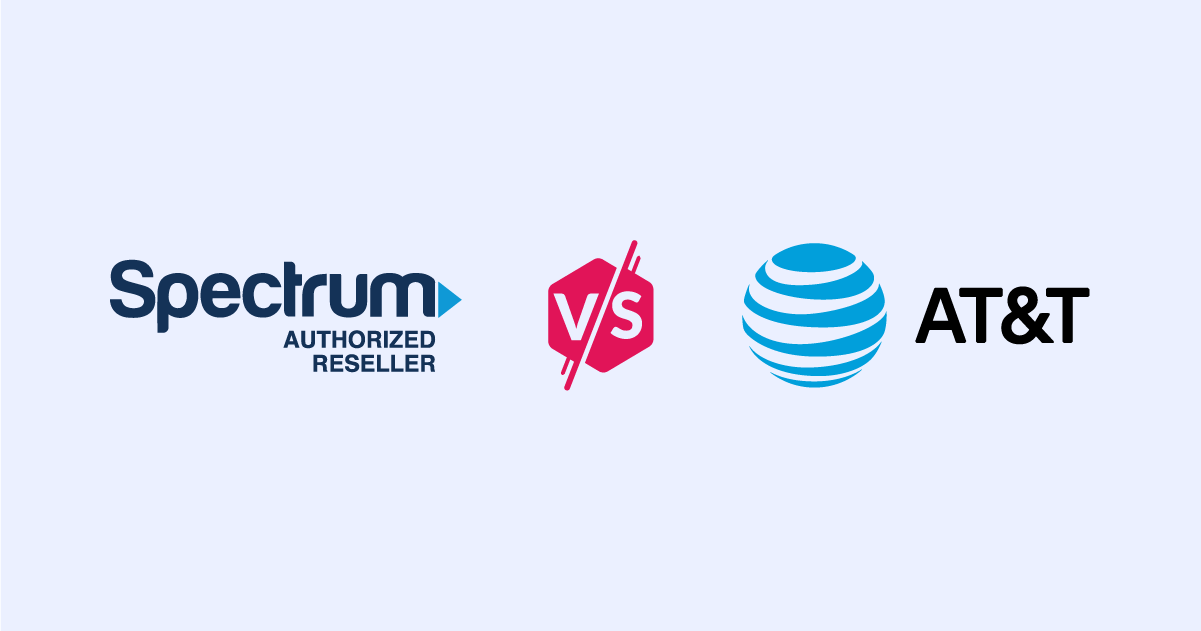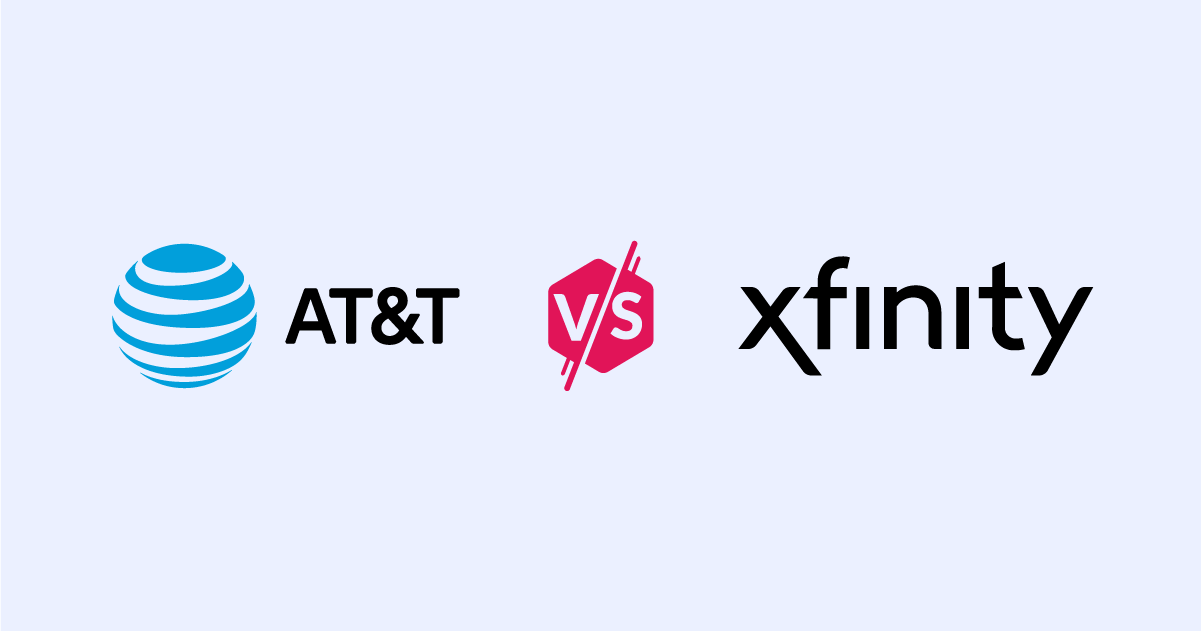Best 5G Hotspots of 2023
See the best options on this hot new 5G tech.
Dec 6, 2022 | Share
Brand Guides
-
Best overallT-Mobile Inseego 5G MiFi M2000
- Most generous data plan
- Widest 5G availability
- Cheapest price of all major 5G hotspots
- Price: $336.00
-
Best for Verizon customersInseego MiFi M2100 5G UW
- Gigabit speeds in some areas
- Compatibility with both 5G and 4G
- Great streaming quality
- Price: $399.99
-
Best unlocked 5G hotspotNETGEAR Nighthawk M6 5G
- Support for the most mobile devices
- Gigabit Ethernet port
- Excellent data plan
- Price: $799.99
Data effective 12/6/22. Offers and availability may vary by location and are subject to change.
Amazon.com Price (as of 12/6/22 10:15 MST). See full disclaimer.
A 5G hotspot works over a 5G cellular network, giving you incredibly fast speeds and low latency. 5G hotspots are considerably more expensive than a standard 4G hotspot, but they’re also more powerful and versatile, capable of connecting a lot more devices and maintaining strong speeds with Wi-Fi 6. Not everyone needs a 5G hotspot, but it can be really useful for classrooms, offices, and groups that need reliable Wi-Fi while traveling.
We took a deep-dive into the best 5G hotspots available right now, so keep reading for what you need to know about speeds, specs, and prices.
Pro tip:
5G is still relatively new, so there isn’t much to choose from when it comes to 5G hotspots. But you can find a lot of great 4G LTE hotspots—take a look at our best hotspots guide for a complete list of recommendations.
Our pick: Which 5G hotspot is best?
T-Mobile’s Inseego 5G MiFi M2000 is the best 5G hotspot you can get. Powerful and easy to use, it can connect up to 30 devices, making it perfect for classrooms and groups of employees on work trips. It uses Wi-Fi 6 to maintain a solid connection while lots of devices are connected at the same time. It comes at a reasonable price—cheaper than both Verizon and AT&T’s 5G hotspots. And M2000’s data plan options are superb, the best option being 100 GB for $50 per month.
The M2000 truly cannot be beat.
Pro tip:
T-Mobile also has an excellent home internet service that’s based on 5G, in case you’re looking for a more permanent Wi-Fi setup for your home or office. We have all the details on our T-Mobile 5G guide.
The 3 best 5G hotspots
- Best overall: T-Mobile Inseego 5G MiFi M2000
- Best for Verizon customers: Inseego MiFi M2100 5G UW
- Best unlocked 5G hotspot: NETGEAR Nighthawk M6 5G Wi-Fi 6 Mobile Router
Best 5G hotspots
| Best for | Hotspot | Image | Price | # of devices it can connect | Display | Get it |
|---|---|---|---|---|---|---|
| Best overall | T-Mobile Inseego 5G MiFi M2000 | 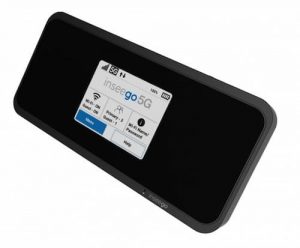 | $336.00 | 30 | 2.4" touchscreen | View on T-Mobile |
Best for Verizon customers | Inseego MiFi M2100 5G UW | 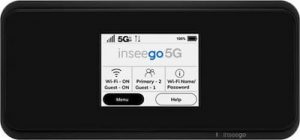 | $399.99 | 30 | 2.4" touchscreen | View on Verizon |
| Best unlocked 5G hotspot | NETGEAR Nighthawk M6 5G Wi-Fi 6 Mobile Router |  | $799.99 | 32 | 2.4" touchscreen | View on Amazon |
Data as of 12/6/22. Offers and availability may vary by location and are subject to change.
What should you look for in a 5G hotspot?
This sounds kind of obvious, but you should look for a 5G hotspot that gives you adequate access to a 5G network. Some 5G networks are smaller than others, so go for the biggest network you can find in your area. You also want a 5G hotspot that can support at least 30 devices, comes with Wi-Fi 6 capability, and gives you enough data for the month.
We get into the nitty-gritty about 5G hotspots farther down on this page, so head to our specs and features section for a more detailed analysis of what makes the best 5G hotspots worthwhile.
Pro tip:
If you need a quick and cheap hotspotting option, try using your cell phone’s hotspot. All you need is a phone that has hotspot capabilities and a cellular plan with hotspot data.
Is a 5G hotspot better than a phone’s hotspot?
Yes, a 5G hotspot is much better than a cell phone’s hotspot—even a 5G cell phone’s hotspot—because it’s faster, more powerful, and supports many more users.
Here’s a breakdown of 5G hotspot’s advanced features:
- 5G hotspots connect a lot more devices. 5G hotspots connect as many as 30 and sometimes more, compared to 5 or 10 on a phone.
- 5G hotspots improve performance with Wi-Fi 6. This latest wireless technology standard is particularly good at sustaining a stable connection across multiple devices.
- 5G hotspots deliver much faster speeds. 5G speeds can top 1,000 Mbps in some places, while delivering speeds in the range of 60–100 Mbps more commonly—all of which is much faster than 4G.
A cell phone simply doesn’t have these advanced capabilities. A 5G phone will give you faster speeds and better performance overall, but the hotspot function will still drain its battery, and it won’t be able to connect as many devices.
Pro tip:
Don’t forget—you can often get free Wi-Fi from public hotspots in restaurants, cafes, and municipal facilities.
The speeds won’t be nearly as fast as a 5G hotspot, and you’ll also need to be a lot more careful about network security. But a public hotspot is a more convenient option in some cases.
Is a 5G hotspot better than a 4G hotspot?
5G hotspots cost more than 4G hotspots, but the price is worth it because they’re faster, more efficient, and connect a lot more devices. Most 4G hotspots can connect only 15 to 20 devices, and they don’t always have Wi-Fi 6—so if you’re investing in a new hotspot, you may as well spring for 5G.
If you need something cheaper, though, a 4G hotspot is still a great option.

Best overall—T-Mobile Inseego 5G MiFi M2000
$336
- Connection: 5G, 4G LTE, dual-band, Wi-Fi 6
- Ports: USB-C
- Chipset: Qualcomm Snapdragon SDx55
- Connects up to 30 devices
T-Mobile’s Inseego 5G MiFi M2000 is the obvious pick out of the few 5G hotspots available these days. It comes at the lowest price out of all the major 5G hotspots. It also connects up to 30 devices—way more than what you can do on a phone or 4G hotspot. And it uses Wi-Fi 6 (the latest wireless standard) to maintain a strong and consistent Wi-Fi signal for multiple users.
The M2000 also comes with settings for guest networks, MAC filtering, and a security firewall—all of which you can adjust by logging in to the device from your browser. All in all, it’s an excellent piece of hardware from the leading provider in 5G speeds and availability.
The main drawback to this hotspot is that it’s kind of hard to get. You can’t order the MiFi M2000 online directly from T-Mobile or Amazon. Instead, you have to call T-Mobile’s customer service department. When I tried ordering the hotspot, I had to go through a lot of rigamarole to convince the customer service agent that I wanted the hotspot only without a T-Mobile phone plan. They also asked for a copy of my driver’s license.
Data as of 12/6/22. Offers and availability may vary by location and are subject to change.
 Pros:
Pros:
- Cheapest 5G hotspot
- Biggest 5G network accessibility
- Compatibility for up to 30 devices
 Cons:
Cons:
- No unlocked version for non–T-Mobile customers
- Frustrating ordering process
- Limited millimeter-wave speeds
Pro tip:
Wait, so what’s the difference between 4G and 5G? They’re both wireless communications systems—but 5G is faster and more efficient. It gives you much better speeds on a cell phone and also works as a home internet option.
Best for Verizon customers—Inseego MiFi M2100 5G UW
$399.99
- Connection: 5G, 4G LTE, dual-band, Wi-Fi 6
- Ports: USB-C
- Chipset: Qualcomm Snapdragon SDx55
- Connects up to 30 devices
Verizon’s flagship 5G hotspot is basically a sister version of T-Mobile’s 5G hotspot—other than the name, the two appear to be identical. Like T-Mobile’s device, the M2100 can connect up to 30 devices and has Wi-Fi 6 to bolster its connection. It also has a touchscreen and web interface to manage a range of security functions.
The advantage that the M2100 has over T-Mobile’s M2000 is that Verizon has a faster network—at least in some places. While T-Mobile’s 5G network averages out at 171.0 Mbps speeds, Verizon’s millimeter-wave 5G regularly hits speeds of 226.3 Mbps.1, 2 The catch is that Verizon’s millimeter-wave footprint is still extremely small, mostly limited to densely populated urban centers, airports, and sports stadiums. And Verizon’s standalone data plans are pricey.
Still, the M2100 is a great device for Verizon customers who want to add a hotspot onto a plan they have already. And it will deliver solid speeds on a 4G LTE network when 5G isn’t available.
Data as of 12/6/22. Offers and availability may vary by location and are subject to change.
 Pros:
Pros:
- Fastest speeds
- Excellent performance even with lots of devices connected
 Cons:
Cons:
- Limited 5G coverage
- Low battery life
Pro tip:
If you need an internet setup for everyday use at home, definitely consider Verizon’s 5G Home Internet service. It’s not portable like a hotspot, but it comes with unlimited data and delivers superb speeds over a 5G network.
Best unlocked 5G hotspot—NETGEAR Nighthawk M6 5G Wi-Fi 6 Mobile Router
$799.99
- Connection: 5G (sub–6 GHz and C-band), 4G LTE, dual-band, Wi-Fi 6
- Ports: USB-C, gigabit Ethernet
- Chipset: Qualcomm Snapdragon X55
- Connects up to 32 devices
This is probably the most versatile 5G hotspot you can find these days—but it’s also the most expensive, costing twice the price of T-Mobile’s and Verizon’s flagship 5G hotspots. It’s technically unlocked, albeit with some caveats. It “works best” over AT&T and T-Mobile networks, according to NETGEAR’s website, and also works on some mobile virtual network operators (MVNOs), which use those carriers to offer cheaper plans and prepaid deals.
The Nighthawk M6 also appears to be the only 5G hotspot right now with C-band capability. C-band is a 5G frequency spectrum that vaults wireless speeds far past 4G levels while offering greater accessibility than 5G millimeter-wave (which is super fast but extremely limited in availability).
All in all, we’d say this one is worth keeping an eye on, though maybe it’s better to wait until prices go down as the months go on before making the investment.
Data as of 12/6/22. Offers and availability may vary by location and are subject to change.
Amazon.com Price (as of 12/6/22 10:15 MST). See full disclaimer.
 Pros:
Pros:
- Compatibility with T-Mobile, AT&T, and MVNOs on those carriers’ networks
- C-band connectivity
 Cons:
Cons:
- Prohibitively expensive price for most people
- No millimeter-wave 5G connectivity
Pro tip:
AT&T’s 5G network has been growing rapidly over the past year. Read more about AT&T’s 5G mobile service.
5G hotspot specs and features
Since 5G is so new, there aren’t a lot of 5G hotspots to choose from. The ones you can get right now come with more or less the same features, including Qualcomm’s Snapdragon SDX55 chipset, a 2.4-inch touchscreen, and Wi-Fi 6 capability. There’s also room to connect up to 30 devices (or 32 in the case of AT&T’s Nighthawk 5G Mobile Hotspot Pro).
But there are some key differences you want to watch out for when you’re deciding which 5G hotspot is right for you. There are two things you want to watch out for in particular:
What to look for in a hotspot and hotspot carrier
- The size of the carrier’s cellular network: A bigger network size means you can use the hotspot in more places.
- The amount of data you get in the carrier’s hotspot plan: You probably won’t be able to get unlimited data, but the more data for your dollar, the better.
How big is the 5G network?
| Provider | Availability (% of phone time 5G users spend on 5G) | Get it |
|---|---|---|
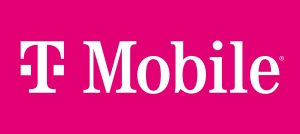
T-Mobile | 40.6% | View Plans |
AT&T | 18.7% | |
Verizon | 10.6% |
Data from Opensignal’s 5G User Experience Report—July 2022.
Some cellular companies have larger 5G networks than others—T-Mobile is at the top, followed by AT&T, and then Verizon. If you’re looking for the widest 5G coverage possible, then you’ll want to stick with T-Mobile’s 5G hotspot.
As you can see in the table above, T-Mobile’s 5G users have the most access to 5G service. You still won’t be on 5G all the time, since the networks are still being built up and they’re not always available. But with T-Mobile you have the best chance of experiencing 5G’s excellent speeds and lower latency, which will really come in handy as you connect multiple devices on a hotspot.
How much data do you get?
Cellular companies tend to charge a lot for a small amount of internet data, so hotspots aren’t usually the best option for a permanent home internet setup—you’ll save more money by signing up for a fiber, cable, or DSL internet package.
Still, the massive rise in demand for more data and faster internet over the past year means the times are a-changin’. Although they’re still not ideal for home use, T-Mobile and AT&T both offer excellent 5G hotspot data plans: T-Mobile gives you 100 GB of data for a monthly fee of $50 (although that plan isn’t always available), while AT&T offers the same amount of data for $55 per month.
Those are pretty much the best deals you can get for a standalone data plan, but here’s hoping more plans with more data become a thing as 5G availability expands in the coming years.
Pro tip:
It can be a challenge to find an affordable data plan to use for your hotspot. But there are options—take a look at our recommendations for the best hotspot data plans to find lots of data at a good price.
Our verdict
You really can’t beat T-Mobile’s Inseego 5G MiFi M2000. It’s the cheapest of the 5G hotspots but still delivers the same features and high performance, using Wi-Fi 6 support to keep your connection strong.
T-Mobile also has the largest 5G network, so you’ll have the best chance of tapping into excellent 5G speeds while you’re using it. And you can get a service plan with lots of data for a reasonable monthly fee.
Sources
- Francesco Rizzato, Opensignal, “5G User Experience Report,” July 2022. Accessed August 31, 2022.
- Francesco Rizzato, Opensignal, “Quantifying the New 5G Enhanced Services in the US,” July 26, 2022. Accessed August 31, 2022.
Disclaimer
Product prices and availability are accurate as of the date/time indicated and are subject to change. Any price and availability information displayed on Amazon.com at the time of purchase will apply to the purchase of this product. HighSpeedInternet.com utilizes paid Amazon links.
CERTAIN CONTENT THAT APPEARS ON THIS SITE COMES FROM AMAZON. THIS CONTENT IS PROVIDED ‘AS IS’ AND IS SUBJECT TO CHANGE OR REMOVAL AT ANY TIME.
Author - Peter Holslin
Peter Holslin has more than a decade of experience working as a writer and freelance journalist. He graduated with a BA in liberal arts and journalism from New York City’s The New School University in 2008 and went on to contribute to publications like Rolling Stone, VICE, BuzzFeed, and countless others. At HighSpeedInternet.com, he focuses on covering 5G, nerding out about frequency bands and virtual RAN, and producing reviews on emerging services like 5G home internet. He also writes about internet providers and packages, hotspots, VPNs, and Wi-Fi troubleshooting.
Editor - Cara Haynes
Cara Haynes has been editing and writing in the digital space for seven years, and she's edited all things internet for HighSpeedInternet.com for five years. She graduated with a BA in English and a minor in editing from Brigham Young University. When she's not editing, she makes tech accessible through her freelance writing for brands like Pluralsight. She believes no one should feel lost in internet land and that a good internet connection significantly extends your life span.

